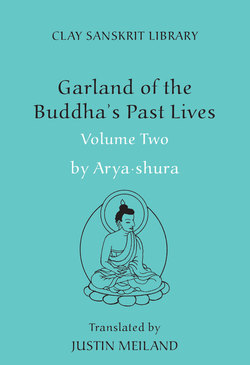Читать книгу Garland of the Buddha's Past Lives (Volume 2) - Aryashura - Страница 11
На сайте Литреса книга снята с продажи.
Оглавлениеparadigmatic tale on the virtue is ‘The Birth-Story of Kshanti·vadin’ (28), in which the Bodhi·sattva is an ascetic called “Preacher of Forbearance” (Kshanti·vadin). Here a violent and drunken king becomes enraged by Kshanti·vadin, whom he wrongly accuses of attempting to seduce his harem. The ascetic’s sermons serve merely to provoke the king further, leading him to mutilate Kshanti·vadin’s body and face. Key to the ascetic’s practice of forbearance is his control over his emotions (particularly anger) in the face of physical and verbal aggression.
The fine sage felt neither grief nor anger
when the sharp sword fell on his body.
For he knew his body’s machinery must end
and had long practiced forbearance toward people.
(28.93 [55])
While such gory depictions may suggest a tendency toward self-mortification or toward the notion of pain as having a purificatory effect, it is important to recognize that pain is usually portrayed negatively in such tales. Indeed it is precisely because the victim does not experience pain that forbearance is demonstrated.
Despite seeing his body being chopped up,
his mind stayed firm in undiminished patience.
He felt no pain but kindness made the saint
suffer at seeing the king’s fall from morality. (28.94 [56])
In the “Garland of the Buddha’s Past Lives,” however, forbearance does not merely involve the overcoming of pain or the control of emotions such as anger. It also involves feeling compassion toward an aggressor or toward people _______
